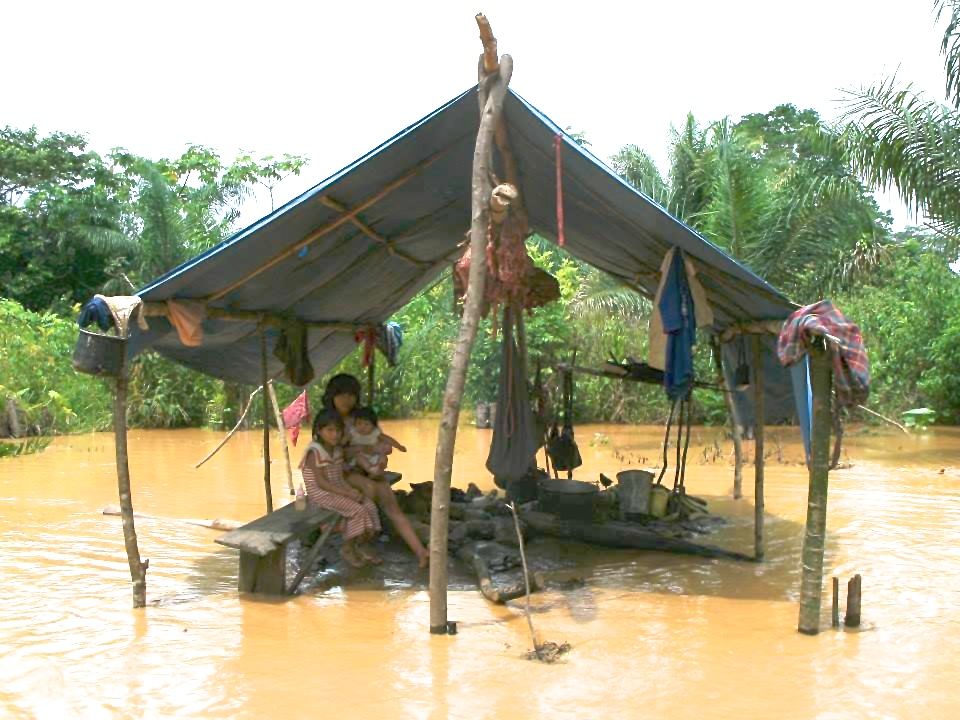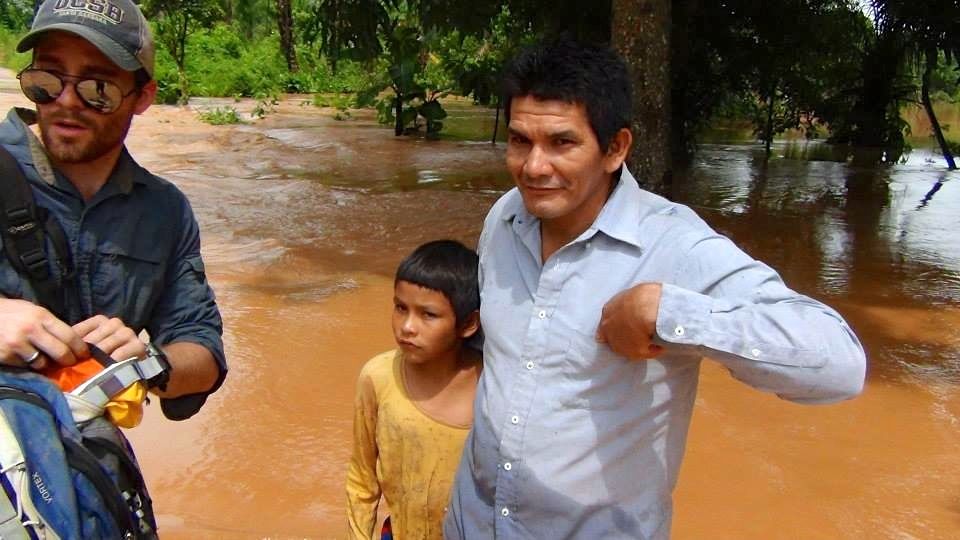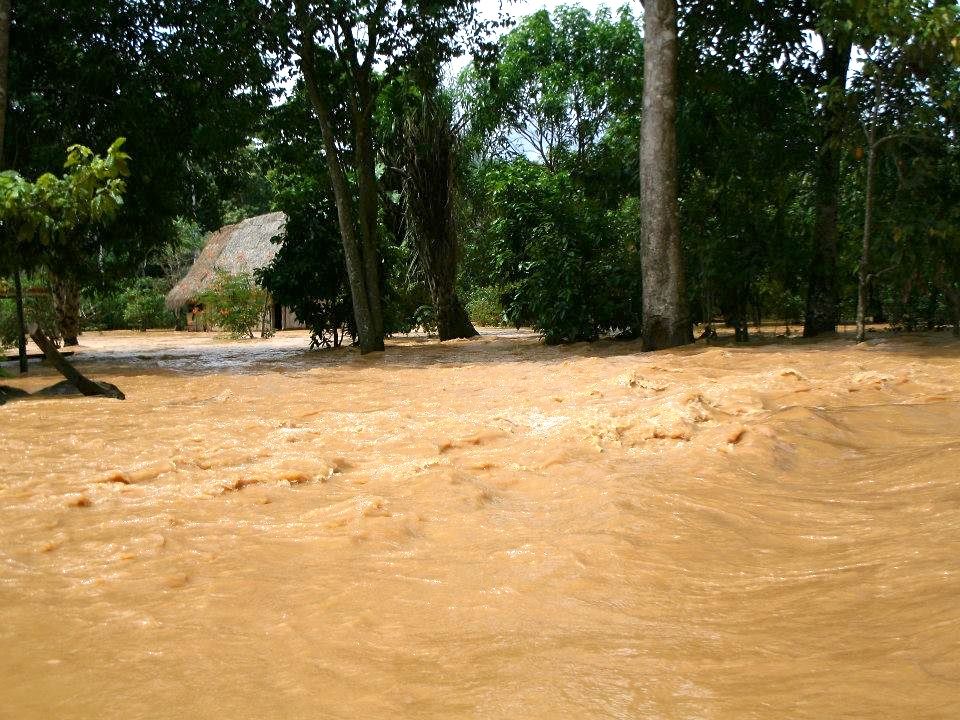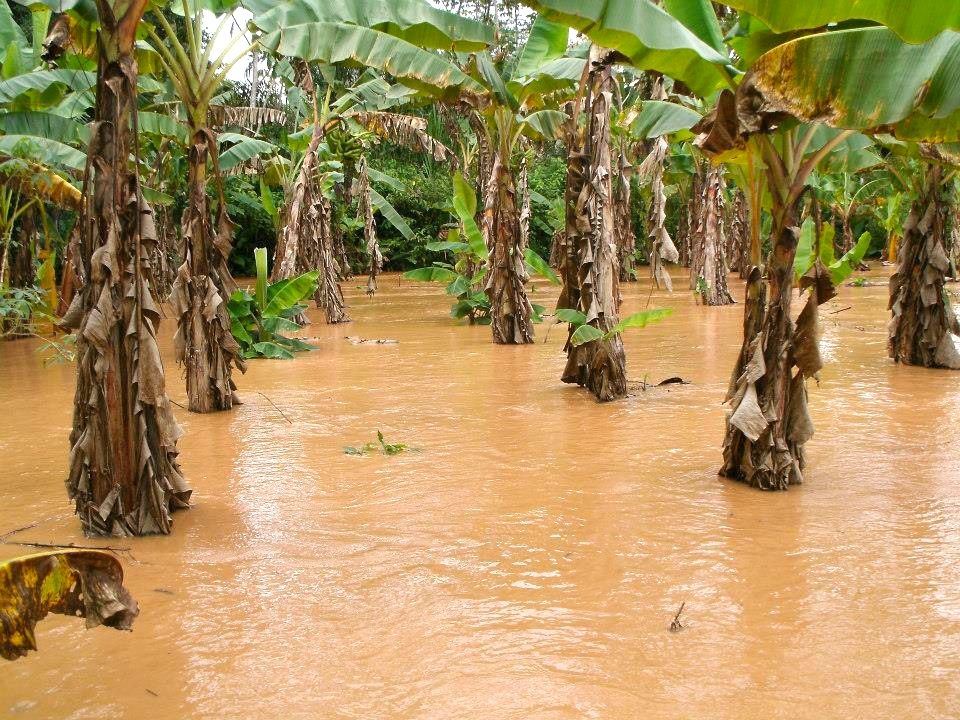UC Santa Barbara Responds to Devastating Floods in Bolivia





While California suffers through what may be the worst drought in 500 years, people in Bolivia are living their own weather nightmare. Torrential rains — the worst in decades — have flooded farmlands, villages and towns, impacting hundreds of thousands of people. More than 47,000 have been left homeless, and at least 42 people have died.
The Bolivian government on Feb. 4 declared a state of emergency, but limited resources and poor conditions have made aid efforts to remote populations extremely difficult.
One of the hardest hit areas is the Amazon Basin province of Beni, home to the Tsimane, an indigenous subsistence-scale population of forager-horticulturalists. More than 30 Tsimane villages are underwater and thousands of Tsimane men, women and children have been displaced. Some are living in temporary encampments and evacuation centers around the local town of San Borja, while many others have fled for higher ground in the interior forest.
The Tsimane Health and Life History Project is one of the main sources of healthcare relief for the approximately 15,000 Tsimane people. Operating since 2002, this joint health and anthropology initiative between professors of anthropology Michael Gurven of UC Santa Barbara and Hillard Kaplan of the University of New Mexico combines research with medical attention.
The project is aimed at understanding the impacts of ecology and evolution on the shaping of the human life course. “The Tsimane are one of the best-studied indigenous populations in anthropology today, and working with them has led to many important findings over the past decade,” Gurven said.
Due to its existing infrastructure and connections in the area, the Tsimane Health and Life History Project is uniquely poised to help with current relief efforts. “Helping Tsimane deal with adversity and lead healthy lives goes hand in hand with long-term research,” explained Gurven. Currently, UCSB postdoctoral scholar Benjamin Trumble and Bolivian project personnel are conducting a census of those in the temporary encampments in San Borja, assessing their needs and coordinating the purchase and delivery of blankets, tarps and mosquito nets. Trumble has worked with the Tsimane for four years, and originally went to San Borja with the goal of helping set up the 14th round of village visits with the biomedical team. Each round includes anywhere from 60 to 80 villages spanning different areas of Tsimane territory.
Stateside, Gurven has established the Tsimane Flood Relief Fund to raise funds for this emergency disaster. Together with Lisa McAllister and Melanie Martin, two of his graduate students who also have worked with the Tsimane, they have created a website that provides up-to-date news, photos and video footage. They are also soliciting donations through the website to help finance the relief effort.
“The Tsimane depend almost entirely on local resources for food, water and shelter, so for them, the situation is extremely dire,” said Gurven. “These families have lost their homes and belongings, and the annual crops they depend on for food and income are now destroyed.”
Most Tsimane families live in remote areas, speak only minimal Spanish and are not familiar with navigating the town of San Borja, nor the bureaucracy of its government,” said Gurven. “Those in town are starting to slowly receive the help they need, but treacherous road and river conditions have rendered transportation to and from remote villages exceedingly difficult. As of Monday, all roads have become impassable.”
Facilitated by researchers, physicians and other project personnel, the Tsimane Flood Relief Fund will enable the team to deliver emergency assistance to displaced families and communities. According to Gurven, money raised will be used only for immediate aid and recovery efforts, such as purchasing much-needed medicines, blankets, tarps, food and clothing for displaced Tsimane families.
The team is coordinating with the local government, the Tsimane government and the local hospital to supplement existing efforts where assistance is most needed. While current efforts are mostly focused on the evacuated Tsimane in the temporary encampments, the team will soon venture back into the remote areas as soon as waterways and roads are navigable.



